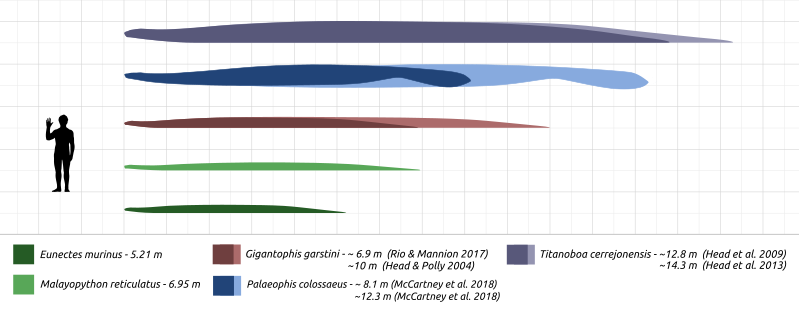파일:Biggest snakes comparison chart.svg

SVG 파일의 PNG 형식의 미리보기 크기: 799 × 309 픽셀. 다른 해상도: 320 × 124 픽셀 | 640 × 248 픽셀 | 1,024 × 396 픽셀 | 1,280 × 495 픽셀 | 2,560 × 990 픽셀 | 1,440 × 557 픽셀
원본 파일 (SVG 파일, 실제 크기 1,440 × 557 픽셀, 파일 크기: 259 KB)
파일 역사
날짜/시간 링크를 클릭하면 해당 시간의 파일을 볼 수 있습니다.
| 날짜/시간 | 섬네일 | 크기 | 사용자 | 설명 | |
|---|---|---|---|---|---|
| 현재 | 2023년 11월 7일 (화) 13:43 | 1,440 × 557 (259 KB) | Horus-Horakhty | Corrected graphic display issues of the .svg format | |
| 2023년 11월 7일 (화) 13:28 | 1,438 × 557 (199 KB) | Horus-Horakhty | Corrected graphic display issues of the .svg format | ||
| 2023년 11월 3일 (금) 05:46 | 2,880 × 1,114 (311 KB) | Horus-Horakhty | Uploaded own work with UploadWizard |
이 파일을 사용하는 문서
다음 문서 1개가 이 파일을 사용하고 있습니다:
이 파일을 사용하고 있는 모든 위키의 문서 목록
다음 위키에서 이 파일을 사용하고 있습니다:
- en.wiki.x.io에서 이 파일을 사용하고 있는 문서 목록
- fr.wiki.x.io에서 이 파일을 사용하고 있는 문서 목록
- nl.wiki.x.io에서 이 파일을 사용하고 있는 문서 목록